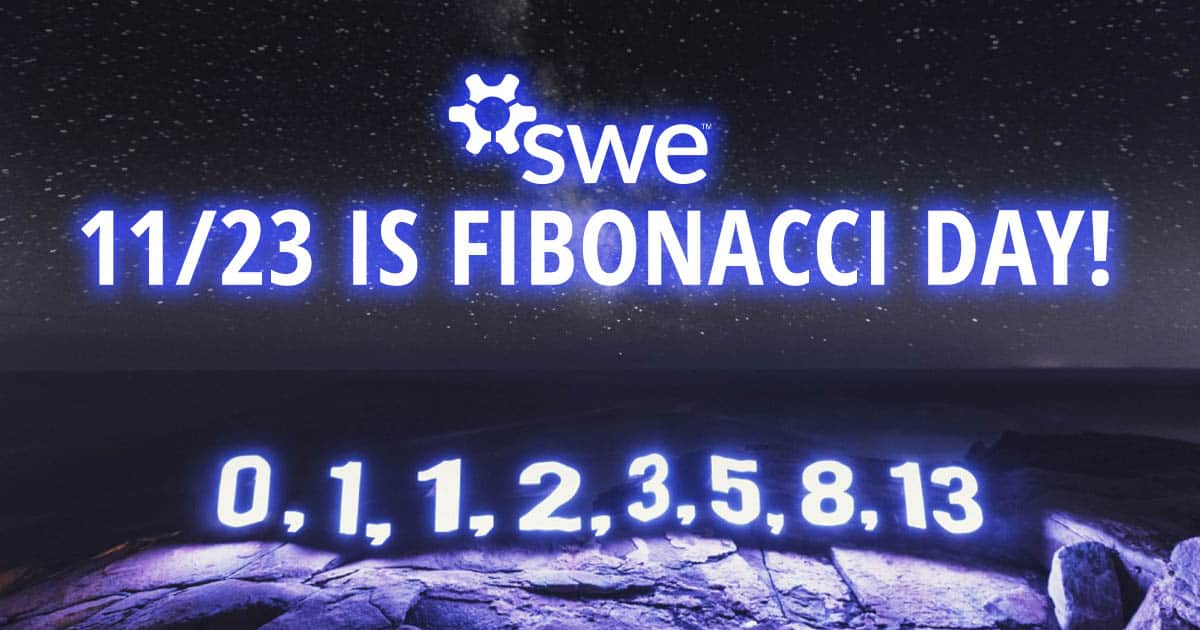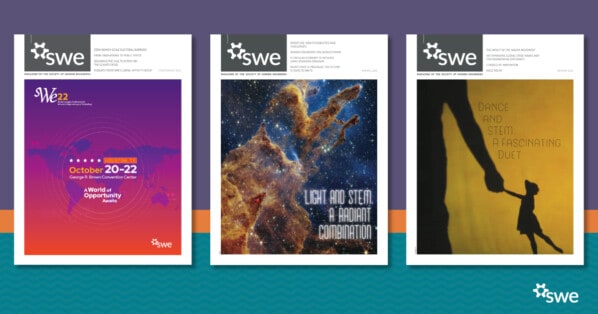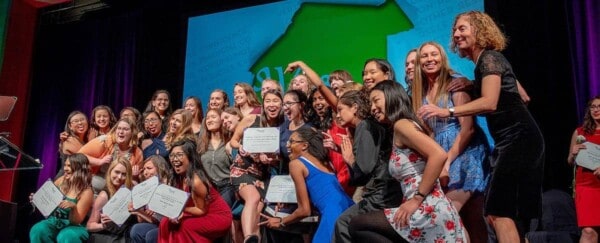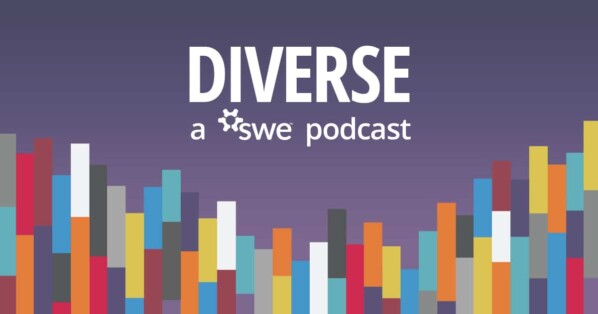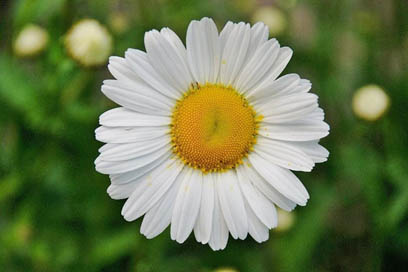 November 23 is celebrated as Fibonacci day because when the date is written in the mm/dd format (11/23), the digits in the date form a Fibonacci sequence: 1,1,2,3. The Fibonacci sequence begins like this:
November 23 is celebrated as Fibonacci day because when the date is written in the mm/dd format (11/23), the digits in the date form a Fibonacci sequence: 1,1,2,3. The Fibonacci sequence begins like this:
1, 1, 2, 3, 5, 8, 13, 21, 34, 55, 89, 144…
The sequence follows a fairly simple pattern: every two numbers, when added together, equal the following number.
While this seems simple, once you begin to see the sequence in things such as the pattern of a pine cone or the petals on a daisy, it starts to seem downright incredible!
Computer data storage and processing uses this number sequence today. The sequence is also useful in the trading of stocks and architecture. Another unexpected place we find the sequence is in nature, for example in hurricanes and DNA patterns. The Fibonacci sequence can be referred to as “nature’s secret code” or “nature’s universal rule.”
Here are a few Fibonacci Day celebration ideas:
Plan a Fibonacci Day Feast
The Fibonacci sequence occurs very frequently in common fruits and vegetables and when prepared together, these foods make for a fun meal! Prepare things like artichokes, pineapple, Romanesco and pomegranate to see how the sequence occurs in nature.
Take a Fibonacci-Inspired Nature Walk
Depending on where you live, you may be able to easily discover the Fibonacci sequence in flowers, trees, and much more. Take a nature walk and inspect things like pinecones, ferns, daisies, sunflowers, and snails, since all of these things are made up of Fibonacci numbers.
 Seek Out the Fibonacci Sequence in Famous Works of Art
Seek Out the Fibonacci Sequence in Famous Works of Art
Many famous works of art employ the golden spiral or golden rectangles (based on the Fibonacci sequence). Art works like “The Great Wave” by Katsushika Hokusai or many of Mondrian’s square-filled paintings are great examples of the sequence in action! You can also try this Fibonacci Art Project and make your own masterpieces!
Bake Cookies
Fibonacci spiral cookies are a perfect dessert for the upcoming holidays.
Do Some Fun Fibonacci Day Activities
Learn more about how the sequence occurs in our everyday lives and the man who discovered it.
Author
-
Heather Sheridan P.E., PMP is a Civil Engineer and Project Manager at Black & Veatch in the Hydropower Department. Heather has a BS in Civil Engineering from the University of California, Davis with a focus on hydraulic structures and environmental design.

